

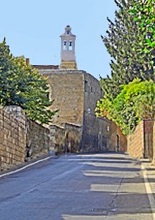
In 1221, Pope Honorius III gave permission to the monks of San Paolo Fuori le Mura, Rome to establish a Benedictine nunnery on this site at the edge of the cliff of Orvieto. The new nunnery was built near four earlier communities:
-
✴Santa Cecilia, which belonged to a community of female Premonstratensians; and
-
✴three other Benedictine nunneries:
-
•Sant’ Agnese;
-
•Santa Caterina; and
-
•San Pancrazio.
Pope Benedict XI allowed nuns of San Paolo to transfer to the Dominican Order in 1303.
In 1439, Pope Eugenius IV ordered that the nuns of Sant’ Agnese, Montepulciano should be transferred to San Paolo.
All four of the nearby nunneries mentioned above were eventually absorbed by San Paolo, but his event is documented in only two cases: Pope Alexander VI approved the absorption of Sant’ Agnese and San Pancrazio in 1499.
Pope Clement VII authorised the reform of the community during his stay in Orvieto in 1528. He also authorised the demolition of the ex-churches of Santa Caterina and San Pancrazio on condition that the nuns dedicated chapels in their church to these saints. He commissioned the cistern in their cloister that bears his pontifical arms.
In 1529, nuns from San Paolo were sent to Viterbo to establish a new Dominican nunnery, Santa Caterina.
Vittoria Colonna, the poet and friend of Michelangelo, took refuge in San Paolo for a five-month period in 1541. She needed this retreat after her brother Ascanio rebelled against Pope Paul III in the so-called “Salt War” (a war fought ostensibly in opposition to a new papal tax on salt). She was under surveillance during this period, but otherwise unmolested.
San Paolo continued its reforming role thereafter:
-
✴in 1555, Bishop Ippolito della Corgna called three nuns from San Paolo to reform the community at San Tommaso, Perugia, which wished to move from Cistercian to Dominican rule; and
-
✴in 1571, when Pope Pius V pressed for the establishment of a new nunnery in Montepulciano next to the church of San Bernardo, Sister Domenica Tarugi was sent from San Paolo with two colleagues to become its prioress.
The nunnery of San Paolo was suppressed in 1810, at the time of the Napoleonic occupation. The nuns were unable to return after the papal restoration, and instead joined the nunnery of San Pietro (see Walk III) in 1815. Canon Faustino Valentini restored the complex of San Paolo in 1842 and gave it to a community of nuns dedicated to the Sacred Heart. The nuns at San Pietro joined this community in 1864.
Some of the nuns moved to San Salvatore (now the Istituto SS Salvatore) in Via del Popolo in 1922, when some nuns from San Sisto, Rome opened an orphanage there.
Church
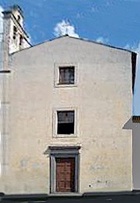
Interior
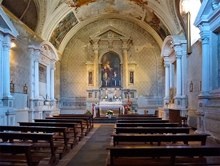
The design of the high altar (1608) is attributed to Ippolito Scalza.
Scenes from the life of St Paul (1647)
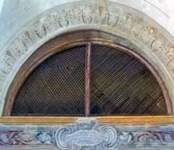
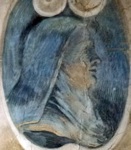
According to an inscription under the left (closed) window, Sister Faustina Monaldeschi commissioned these frescoes on the ceiling and walls from Giovanni Maria Colombi. The earlier reading of the date as “1617” cast doubts about the authenticity of this inscription, but closer examination has revealed the more tenable date (as afar as the likely age of the artist is concerned) of 1647. Sister Faustina is depicted under the arch of the window on the right.

The other scenes are as follows:
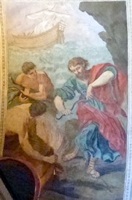
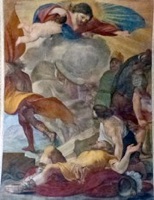

Left wall: Shipwreck of St Paul Conversion of St Paul Sacrifice at Lystra
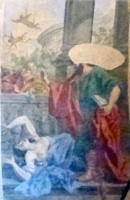

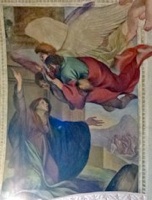
Right wall: St Paul at Ephesus Ananias cures St Paul’s blindness St Paul returns St Plautilla’s veil
Giovanni Maria Colombi included a self-portrait in the fresco of St Paul at Lystra: he is the man on the left, wearing a moustache and a quizzical expression.
Art from the Complex
Christ Carrying the Cross (17th century)
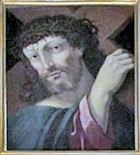
Read more:
See this interesting article by Agnes Howard.
Return to Monuments of Orvieto.
Return to Walk III.

